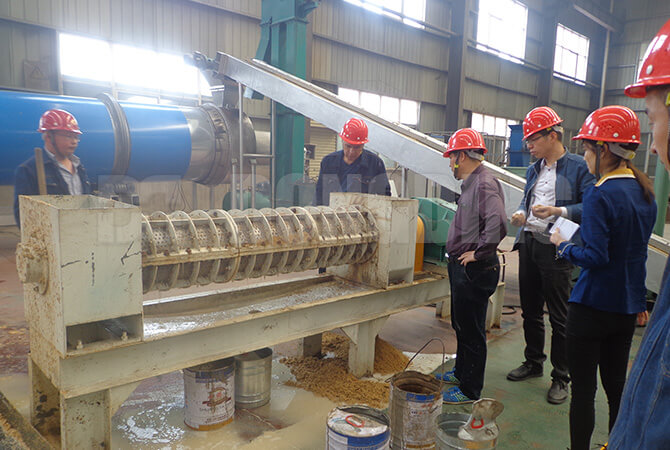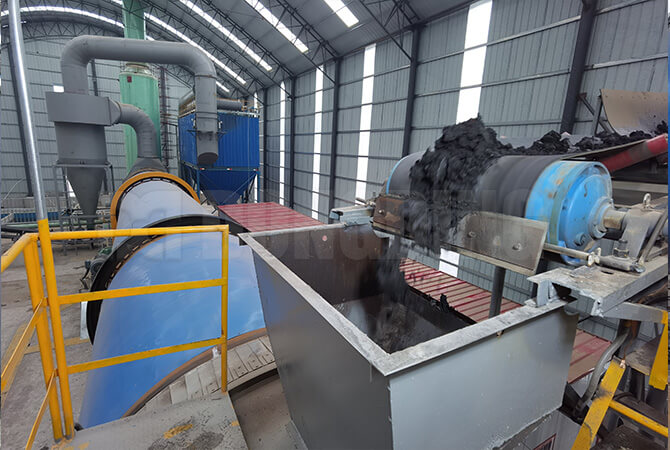What is the Application of Dried Fruit Residue?
Pomace generally refers to the waste residue generated by fruit juice processing plants and other food production and processing enterprises, through squeezing and extracting juice from fruit, or removing peel, stone, and some pulp and other leftover materials. Common fruit pomace includes apple pomace, sugarcane pomace, grape pomace, tomato pomace, orange pomace, olive pomace, etc. The fruit residue contains rich nutrients and cellulose, and being discarded casually can cause environmental pollution and resource waste.
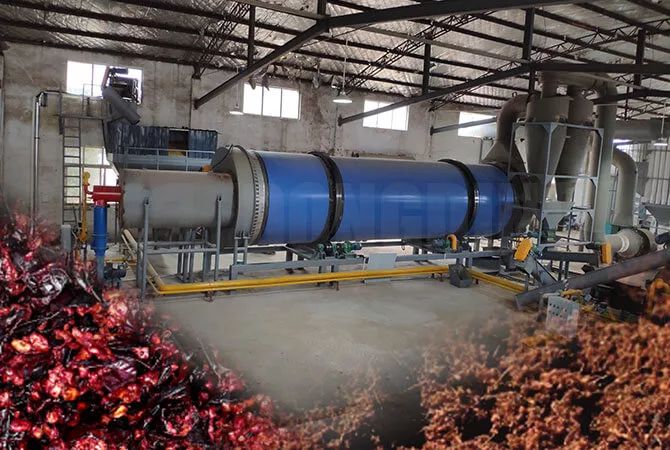
Fresh fruit pomace has high water content of 70% to 80%, and it is easy to be acidified, spoiled, and emits peculiar smell, making it difficult to store and transport. Our triple pass pomace dryer can quickly dry pomace with high moisture content to about 20%, and the finished product is convenient for storage, packaging and transportation. So what is the application of the pomace after being dried by the pomace dryer?
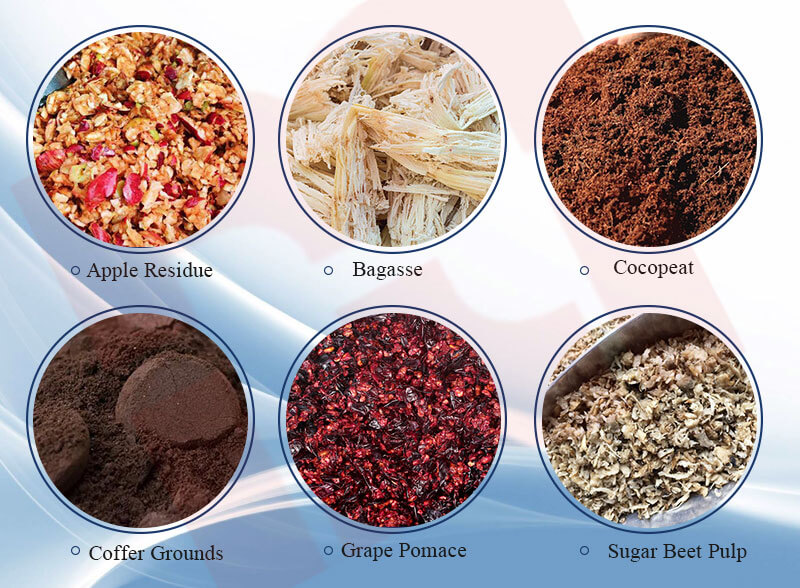
Fruit residue is high in fiber content and can be used for papermaking. The paper made from fruit residue fiber can be used for packaging ordinary food. After use, it is easy to decompose and does not pollute the environment. It can also be burned or composted, and can also be recycled to make paper again.
Pomace can be used as a solid-state fermentation medium for edible fungi, because it contains a large amount of crude fiber, crude fat, protein, vitamins and rich mineral elements, etc. As the main material of the culture medium, it has higher biological efficiency.
Pomace is a good helper for improving soil, so it can be used as organic fertilizer or as a direct planting substrate. There is a large amount of fiber and sugar retained in the fruit residue. After the fruit residue is crushed, the soil and the fruit residue are fully mixed, which can help the fruit tree absorb nutrients and increase sugar content. Through repeated improvement in this way, the organic matter in the soil will also become richer, and the fruit trees can better absorb nutrients.
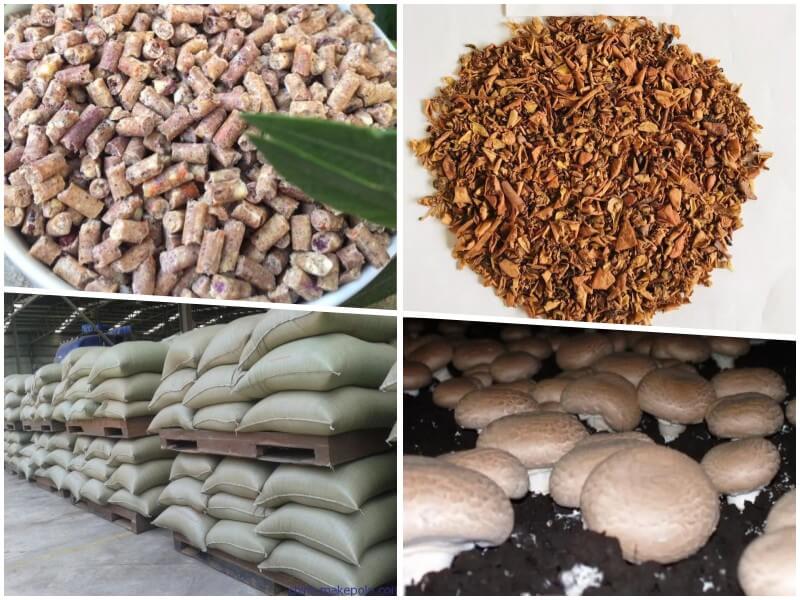
After being processed by pomace dryer, the fruit residue can be used as feed. After dehydration and nutrient enrichment, the pomace contains various nutrients such as soluble sugar, amino acids, vitamins, minerals, cellulose and other nutrients. Its nutritional composition is higher than that of grass, and it has good palatability. It is a good feed for livestock, and can also be used as a raw material for formula feed or pellet feed for various livestock and poultry. The dried fruit residue and green grass fed to black goats can replace 30% of the concentrate. Besides, fruit residue can be mixed with grass, straw or used as silage alone, which has higher nutritional value than single silage. Fruit residue can also be fermented into high protein feed.
After dehydration and drying, the moisture in the fruit residue evaporates, making it easier to store, transport, and process. The lower the moisture content, the longer the storage time of the fruit residue. Therefore, using a fruit residue dryer to reduce the moisture content of the pomace is an important method to reduce the spoilage of fruit residue.

